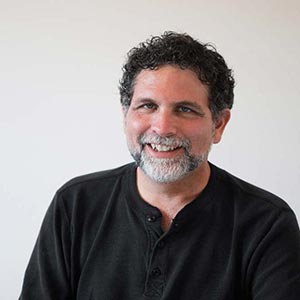 I am currently completely captivated by the image of a Human Flow. The American Pragmatist philosophers developed a view of humanity as a constant flow of activity and society was a flow of flows. There is always a flow that organizes what people do, say and think. And there are local flows that flow into more expanded flows, which flow into more expanded flows, and so on. Society is an organization of human flow.
I am currently completely captivated by the image of a Human Flow. The American Pragmatist philosophers developed a view of humanity as a constant flow of activity and society was a flow of flows. There is always a flow that organizes what people do, say and think. And there are local flows that flow into more expanded flows, which flow into more expanded flows, and so on. Society is an organization of human flow.
When you are at home you are in one flow, at work another, walking on the street yet another. The activity of any flow is governed by interaction with other people and with the objects that people create. Think about how you spend your time at work. What do you tend to think about there, what kinds of conversations do you tend to have and what do you do? Then imagine the way you are when you are in a meeting – the actions, speech and thought of that flow. Compare that to the flow that occurs during a coffee break, or when you are on the highway driving home from work, or when you are at home.
Human life is made up of flows of action, speech and thought. These flows flow into other flows and then into other flows and then into others and back again. Humanity is a fluid – at least this is the image of humanity that thinkers like William James, John Dewey and George Herbert Mead were working with. And of these three it was probably Mead that had the most sophisticated social theory.
As I said earlier the human flow of action, speech and thought is governed by our interactions with each other and with the objects we create. You get up in the morning and walk out of the bedroom through the door. Then go to the second floor bathroom using the stairs. Once in the bathroom you clean your teeth with a tooth brush and tooth paste. The phone rings and you pick up the receiver, place it to your mouth and ear and say “hello”. You pick up your car keys get in your car and drive to work.
That whole flow of activity was constantly reinforced by interactions with the created objects that govern the human flow. You never get up in the morning and climb out the window and use a ladder to climb into a window to get to the bathroom. Similarly you never clean your teeth with a towel. When the phone rings you pick up the receiver and talk into it. etc. The objects that we have placed in our world and the social conventions attached to them dictate a flow of appropriate activity.
Of course, the most significant objects we interact with are other people and our interactions with them are constantly shaping the flow of activity, speech and thought. We act certain ways with certain people in certain circumstances. We act one way when we are in a stadium watching a football game and another way at a funeral. Each of these situations has its own flow. And if either of these situations is new to you it won’t take long for you to learn how to get “into the flow” simply by being there with all the others.
Before we even consider the power of language (which I will do in later posts) we need to realize that we are in constant unconscious communication with those around us. George Herbert Mead referred to this the conversation of gestures. We are constantly gesturing to each other. We act in certain ways that fall within the bounds of certain cultural norms and communicate without words what the most appropriate way of being is.
Go into some completely new social situation and quickly without needing to talk to anyone you will begin to get into the flow. If you walk into a football stadium for the first time ever you inevitably look down at the playing field because that is what everyone around you is gesturing to do. If you go to a funeral for the first time you will soon be standing facing the grave because that is what the conversation of gesture identifies as the right way of being.
To understand the social psychology of James, Dewey and Mead it is important is to get a feel for the way human action, speech and thought flows and how those flows are directed through our interactions with each other and the world.
